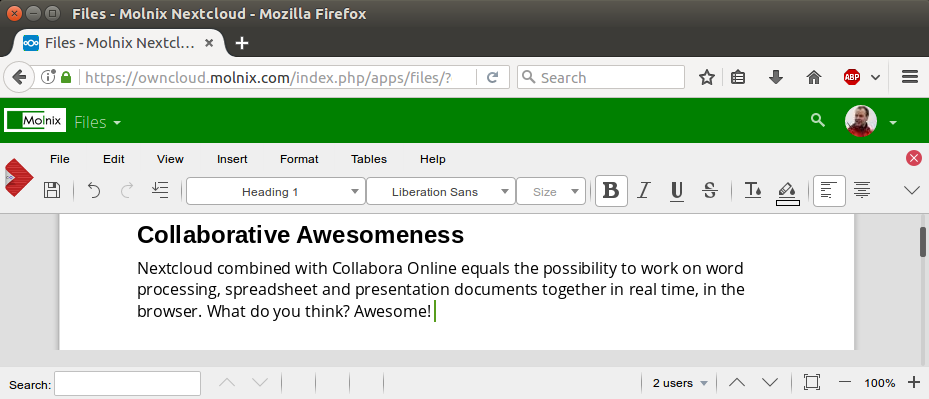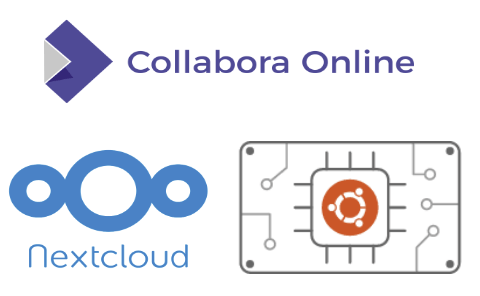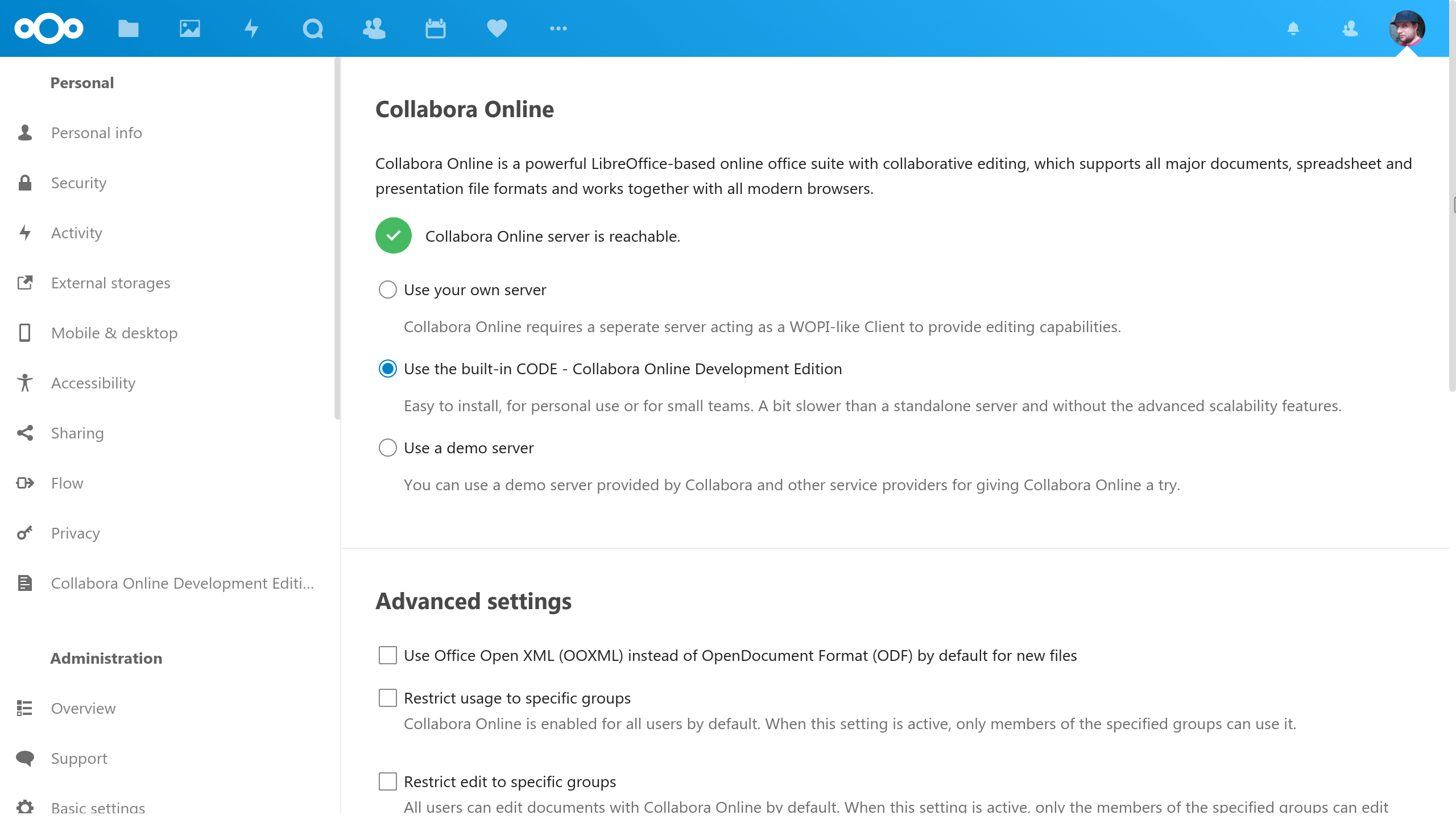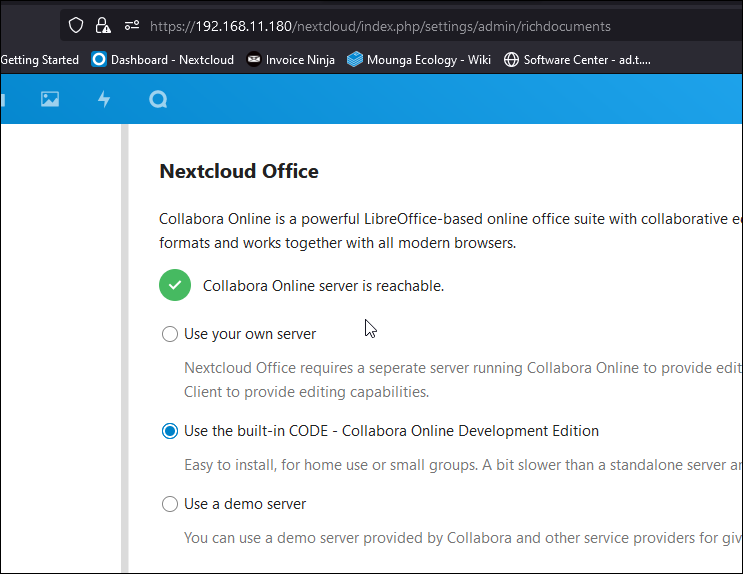
This will live as a container within machine 0. We’ll also add a small xenial (14.04) instance to manage the ssl-termination-proxy charm.


We re-register the machine that’s hosting the controller as a machine that’s hosting the model. Juju can provision machines on our behalf: juju add-machine -constraints="mem=8G root-disk=200G" We want to be conservative with our compute resources, so we’ll add a large machine manually, then deploy Nextcloud and the backing database to that single machine. For multi-server contexts we recommend installing MAAS and then configuring a MAAS cloud. Outside of the home or small office environment, your hardware will be more complex. How to do this is subtly different depending on the type of cloud that we are using. We now need to add machines to our model. Follow Getting Started with Juju for detailed instructions. The juju bootstrap command takes many options. Add the name of the cloud you wish to deploy to as an argument.

Use the juju bootstrap command to create the controller. You may bootstrap with 'juju bootstrap home' It takes you through an interactive prompt where you will be asked to give a name to your cloud and SSH login details ( in this example) $ juju add-cloudĮnter the controller's hostname or IP address: "home" successfully added The juju add-cloud command allows you to complete the registration process. If you have your own server hardware, you can make use of the manual cloud to register your computers with Juju. (Skip this step if you are planning to deploy to public clouds) Once the cloud is available, we’ll be able to create a controller into it. We will collect each machine into a “cloud”. To bootstrap Juju onto your own hardware, we need to register your hardware first. It hosts the Juju controller for you such that you are only responsible for hosting your application(s).

The Juju team provide a controller that can interact with Juju models hosted on public clouds. Juju uses a software agent called “the controller” to apply changes that you make and to monitor the system’s health.


 0 kommentar(er)
0 kommentar(er)
